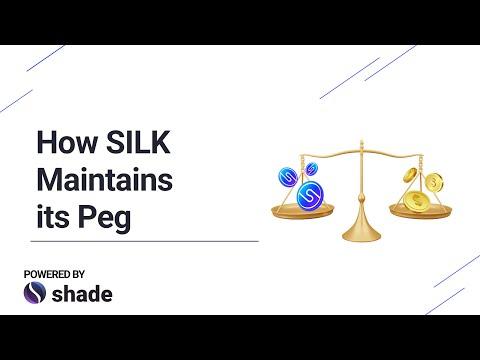Introduction
dHedge is a decentralized asset management protocol designed to enable non-custodial investment strategies through vaults and governance features. Categorized as a DeFi protocol, dHedge allows users to deposit assets into vaults managed by skilled investment managers, offering a variety of strategies and asset options. The platform prioritizes transparency and security, with a detailed tokenomics model and DAO governance that allows users to participate in decision-making. dHedge is notable for providing decentralized asset management with community involvement, combining transparency with flexibility for investors.
Background and History
dHedge was developed to create a secure, decentralized platform for asset management, offering an alternative to traditional, custodial investment structures. The platform’s early development focused on enabling users to invest in vaults managed by experienced professionals, without relying on centralized intermediaries. Over time, dHedge introduced features such as performance and management fees, staking, and DAO governance. The protocol’s milestones include expanding asset support, integrating vault insurance, and launching a leaderboard that showcases manager performance. These features have positioned dHedge as a reliable option for users seeking non-custodial asset management solutions in the DeFi space.
Key Features, Contributions, or Technologies
The main features of dHedge include non-custodial vaults, performance-based fees, and a leaderboard for manager performance tracking. Vaults on dHedge allow users to invest in various strategies, each managed by experienced managers who set the investment approach. The fee structure includes management fees, performance fees, and DAO protocol fees, which create a sustainable ecosystem for both users and managers. Vault insurance provides an additional layer of security, protecting user assets within the protocol. dHedge also supports a diverse range of assets and has a comprehensive technical architecture that enables efficient investment operations.
Usage and Applications
Users on dHedge can deposit assets into different vaults based on their risk tolerance and investment goals. Managers create and oversee these vaults, implementing strategies that are then reflected on the leaderboard, allowing investors to make informed choices. dHedge’s staking options enable users to participate in governance and earn rewards, while vault insurance offers protection for invested assets. This combination of non-custodial asset management, transparency through performance tracking, and secure staking makes dHedge a versatile platform for DeFi asset management.
Governance & Tokenomics & Business Structure
The governance of dHedge is community-driven, with a DAO that oversees protocol updates and strategic decisions. Tokenomics include allocation for staking rewards, treasury management, and incentivizing protocol participation. The staking mechanism allows users to earn rewards and participate in governance by voting on meta-proposals. The business structure of dHedge is built around decentralized management, with protocol fees contributing to the platform’s sustainability. The DAO collects management and performance fees, which are reinvested into the ecosystem, ensuring balanced growth and active user participation.
Notable Events & Milestones & Achievements
- Vault Insurance Introduction (March 2024): Added vault insurance, enhancing security for user assets.
- Leaderboard Launch (April 2024): Implemented a leaderboard to display manager performance and help users make informed investment choices.
- Staking and Governance Expansion (June 2024): Introduced new staking options and governance mechanisms for community participation.
- Supported Assets Expansion (August 2024): Broadened the range of assets available in vaults, catering to diverse investment preferences.






